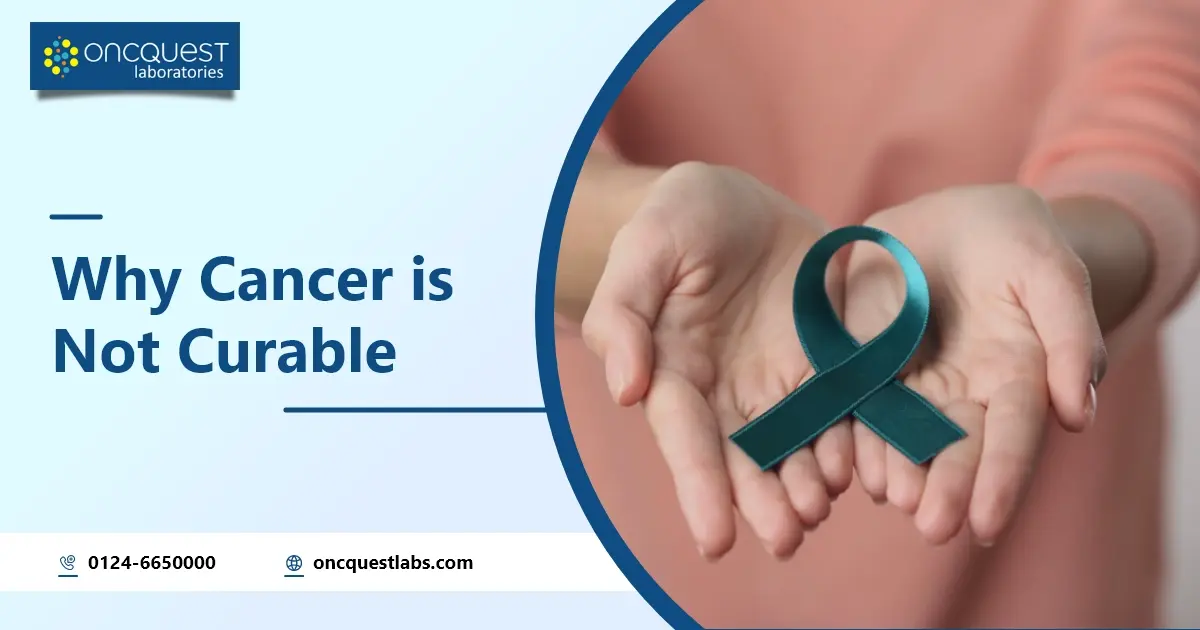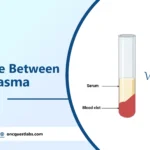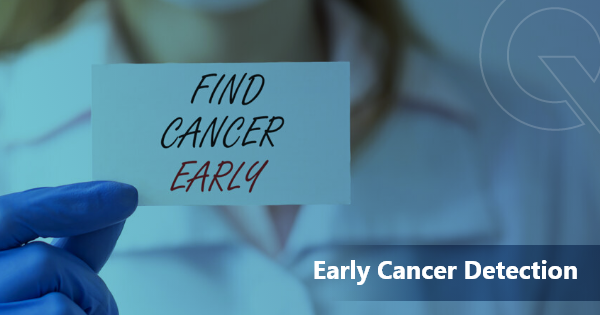Cancer, a formidable adversary that has plagued humanity for centuries, continues to be a significant challenge in the realm of medical science. Despite incredible advancements in our understanding of the disease and innovative treatment options, a definitive cure for cancer remains elusive. In this blog, we will delve into the intricacies of cancer, exploring why it is not easily curable and the ongoing efforts to change that.
Contents
1. Heterogeneity:
Imagine cancer as a big group of different problems instead of just one problem. Each problem in this group is a bit different from the others. They have their unique differences in how they act and what causes them, like puzzle pieces that don’t fit together perfectly.
This diversity in cancer problems makes it really hard to find a single solution that works for all of them. It’s like trying to use one key to unlock many different types of locks – some keys might work for some locks, but not for others because they’re all a bit different.
So, scientists are working hard to understand these differences and develop specific treatments for each type of cancer, like making unique keys for each lock. This way, they can help more people by tailoring treatments to the specific kind of cancer they have.
2. Mutations:
Cancer happens when something goes wrong in our body’s instruction manual, which is like our genes. Imagine our genes as a recipe for making and controlling our cells. Sometimes, because of different reasons, like what we inherit from our family, things we’re exposed to in the environment, or even choices we make, mistakes can happen in this recipe.
These mistakes are like typos in the recipe, and they can make the cells start growing too fast and out of control. The tricky part is there are so many different ways these typos can happen, and each person’s recipe can have its unique mistakes.
Because of this, finding one medicine that can fix all these different mistakes is really hard. It’s like trying to use a single tool to fix all the different kinds of broken toys – it’s not that easy because each toy might be broken in a different way. So, scientists work to find specific tools (or treatments) for each unique mistake in the recipe to help people with cancer.
3. Resistance:
Cancer cells are like clever chameleons. They can change and become resistant to treatments, which are like special weapons to fight them. Even if a treatment works in the beginning, these sneaky cancer cells can learn to defend themselves and make the treatment stop working. This makes it really tough to find a cure because we need to outsmart these tricky cells that keep changing their tactics.
4. Metastasis:
When cancer starts to spread to different parts of the body, we call it metastasis. This is a big problem because it makes cancer much more dangerous. Imagine cancer as a troublemaker that stays in one place – that’s already tough to deal with. But when it starts spreading like seeds in the wind, going to different organs and systems in the body, it becomes way more complicated to control.
So, treating cancer that has spread is like trying to catch a bunch of runaway balloons – they’re all over the place, and it’s harder to keep them in check. This is why metastatic cancer is often very challenging to treat and more dangerous for a person’s health.
5. Late Detection:
Sometimes, we don’t find out someone has cancer until it’s already at a serious stage. It’s like trying to fix a leaky roof only when the whole ceiling is falling down – it’s a lot harder and messier to deal with.
The key to dealing with cancer is catching it early, like spotting a small crack in the roof and fixing it before it causes a big problem. But here’s the tricky part: some types of cancer don’t show any signs when they’re in the early stages. It’s like having a silent intruder in your house; you don’t know it’s there until it’s already caused some damage.
So, finding ways to detect these sneaky, early-stage cancers is a big challenge. If we could do that, we could catch and treat them before they become a major issue, and that would save a lot of lives.
6. Ethical Dilemmas:
Cancer research and treatment come with some tough moral decisions. For example, deciding if it’s okay to try new, unproven treatments on patients, or figuring out how much aggressive treatment to give while keeping a patient’s quality of life in mind. These ethical questions can sometimes make it harder to find a cure for cancer.
It’s like walking a tightrope. On one side, you have the hope of curing cancer and saving lives, which makes people willing to try new things. But on the other side, you have to be careful not to harm patients or make their lives miserable with treatments that are too harsh.
These moral dilemmas can slow down progress because we need to be cautious and considerate while finding the best way to beat cancer without causing unnecessary harm.
7. Financial and Regulatory Hurdles:
Creating and trying out new treatments for cancer takes a lot of money and a long time. It’s like building a complex machine that has to be perfect before it can help people. There are many steps, like getting the green light from regulators (those who make sure it’s safe and works), testing in clinical trials (research studies on people), and dealing with the problem of having enough money.
All these steps can slow down the process of finding a cure because they make it harder to move quickly. But they’re necessary to make sure that the treatments we develop are safe, effective, and can truly help those with cancer. So, while it might take time, it’s to ensure the best possible solutions are available for those who need them.
Promising Approaches:
Despite these challenges, the field of oncology has seen remarkable progress in recent years. Targeted therapies, immunotherapies, and precision medicine are offering new hope for many cancer patients. Additionally, ongoing research into the genetic and molecular basis of cancer is providing valuable insights into its mechanisms and potential vulnerabilities.
Conclusion:
While a definitive cure for cancer remains elusive, the relentless efforts of researchers and the remarkable progress in understanding this complex disease are cause for optimism. As science continues to advance, there is hope that more effective treatments and, ultimately, a cure for cancer will emerge. Until then, early detection, lifestyle choices, and prevention remain critical in the battle against this formidable adversary.
Frequently asked Questions
Q1: Why is cancer so difficult to cure?
A1: While an initial set of mutations initiates the development of cancer, subsequent mutations can arise over time, leading to alterations in the affected cells. Consequently, treatments might eradicate a specific cell type within a tumor, while others that exhibit resistance to the treatment can persist and proliferate.
Q2: Will cancer ever be curable?
A2: Although cancer is not curable, oncologists and cancer experts view successful treatment differently. They refer to it as achieving complete remission, recognizing the possibility of cancer recurrence.
Q3: How do cancer patients feel?
A3: Following a cancer diagnosis, individuals may undergo periods of distress and grapple with a spectrum of intense emotions, including disbelief, fear, anxiety, anger, and sadness. These emotional experiences can be likened to a form of grief.





